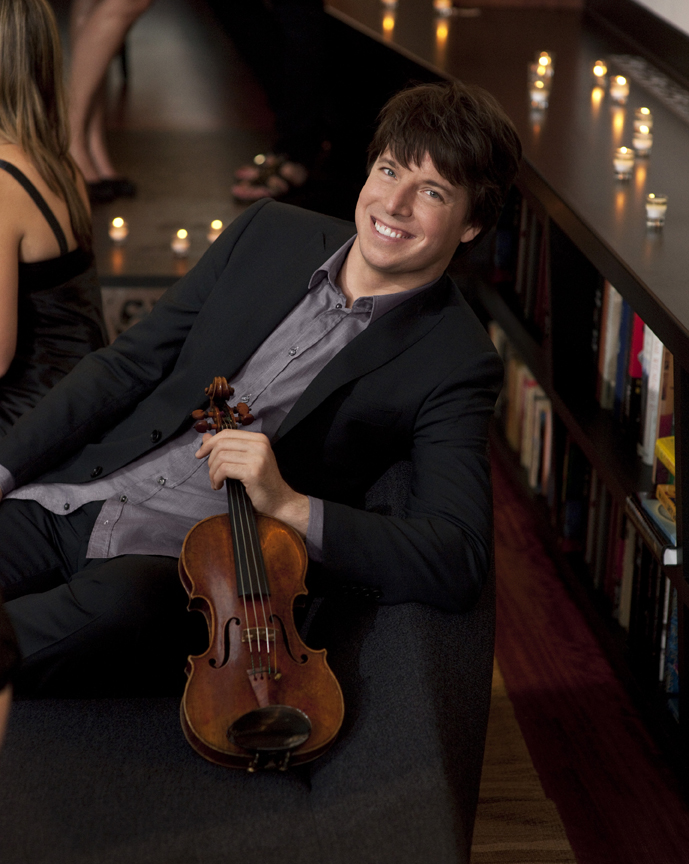Alan Gilbert, Music Director of the New York Philharmonic, started the new season with two contrasting works, one familiar, one unfamiliar: Richard Strauss’ lush, exuberant “Don Juan” and Hindemith’s glittering, humorous “Symphonic Metamorphoses on Themes by Weber.” Counting both among his favorites, he programmed them on the Gala Opening, on the first set of subscription concerts, and again two weeks later, but paired them each time with different works, including two virtuoso violin concertos: the Mendelssohn with Itzhak Perlman and the Sibelius with Joshua Bell.
One can assume that the concerts were attended by mostly different audiences, but the intrepid souls who heard all three programs were rewarded not only by some fabulous fiddling, but also by the chance to compare three different performances of the same works.
The latest program began with Debussy’s atmospheric “Prelude to the Afternoon of a Faun,” written 1892-94. Inspired by a poem of the same title by Stéphane Mallarmé published in 1876, the music depicts a faun passing a languorous afternoon in dreams and reveries. A true “tone painting,” it seems made of airy, dappled sunlight and fleeting shadows. The orchestration shimmers and glows with shifting, glittering colors; sinuous, elusive melodies wind through the texture; harp glissandi suggest leaves stirred by the breeze. Every instrumental timbre, singly and in combination, contributes to the sensuous, seductive effect. The piece, a test for a virtuoso orchestra, especially the woodwinds, features one of the literature’s greatest solo flute parts played wonderfully on this occasion by the Philharmonic’s principal flutist, Robert Langevin.
Joshua Bell’s performance of the Sibelius was terrific. The concerto brings out all his strengths: the effortless, unlimited virtuosity, glorious, variable tone, and romantic sensibility. The opening seemed to come from a great ice-bound distance, then, breaking free of the arctic cold, the sound became vibrant and intense; the great upward runs swept through the orchestra with dazzling bravura. The slow movement was dark, warm, and very expressive, and culminated in an ecstatic climax. The Finale was very fast and brilliant, but immaculately clear; even the impossible scales in thirds were perfect. In top form, Joshua Bell seems to be reaching new violinistic and communicative heights with every concert.
The Strauss and Hindemith also became more impressive with each performance. Gilbert seemed to exhibit greater confidence, freedom, and exuberance, and to encourage the musicians to do the same. In fact, the Strauss also became faster, demanding ever greater virtuosity from the players, and louder, with the percussion, partly placed toward the front of the stage next to the first violins, rattling the rafters – and the audience. But the build-ups were perfectly paced, the climaxes grand and rapturous.
It was good to hear the rarely-played Hindemith three times in close succession; repeated listening (and playing) clarified the complex counterpoint and intricate texture, and brought out the work’s light-hearted jocularity – a characteristic not often encountered in this essentially serious composer’s work.

